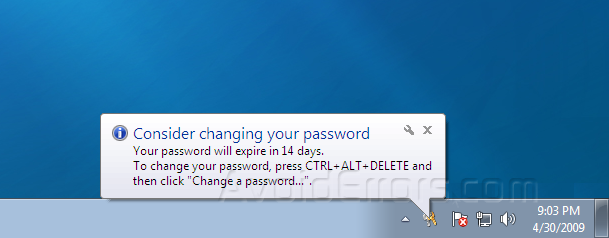What is Server Virtualization?
- Virtualization For Mac Server Hosting
- Virtualization For Mac Server Settings
- Mac Server Hosting
- Free Mac Server Software
- Virtualization For Mac Server Settings
- Virtualization For Mac Server Software

As of OS X 10.5 Server, you can install such servers alongside other licensed copies of OS X Server on the same piece of hardware, assuming you have a virtualization solution to do just that. For Mac OS X 10.5 and 10.6, you can run only the Server version, not the client, in a virtual machine. And each license entitles you to run only one copy in a virtual machine. But there’s no limit on the numbers of copies you can run on one Mac. You can run three Leopard or Snow Leopard Server virtual machines running on one Mac, as long as.
Server virtualization is used to mask server resources from server users. This can include the number and identity of operating systems, processors, and individual physical servers.

Server Virtualization Definition

Server virtualization is the process of dividing a physical server into multiple unique and isolated virtual servers by means of a software application. Each virtual server can run its own operating systems independently.
Key Benefits of Server Virtualization:

- Higher server ability
- Cheaper operating costs
- Eliminate server complexity
- Increased application performance
- Deploy workload quicker
Virtualization For Mac Server Hosting
Three Kinds of Server Virtualization:
- Full Virtualization: Full virtualization uses a hypervisor, a type of software that directly communicates with a physical server's disk space and CPU. The hypervisor monitors the physical server's resources and keeps each virtual server independent and unaware of the other virtual servers. It also relays resources from the physical server to the correct virtual server as it runs applications. The biggest limitation of using full virtualization is that a hypervisor has its own processing needs. This can slow down applications and impact server performance.
- Para-Virtualization: Unlike full virtualization, para-virtualization involves the entire network working together as a cohesive unit. Since each operating system on the virtual servers is aware of one another in para-virtualization, the hypervisor does not need to use as much processing power to manage the operating systems.
- OS-Level Virtualization: Unlike full and para-virtualization, OS-level visualization does not use a hypervisor. Instead, the virtualization capability, which is part of the physical server operating system, performs all the tasks of a hypervisor. However, all the virtual servers must run that same operating system in this server virtualization method.
Virtualization For Mac Server Settings
Why Server Virtualization?
Server virtualization is a cost-effective way to provide web hosting services and effectively utilize existing resources in IT infrastructure. Without server virtualization, servers only use a small part of their processing power. This results in servers sitting idle because the workload is distributed to only a portion of the network’s servers. Data centers become overcrowded with underutilized servers, causing a waste of resources and power.

By having each physical server divided into multiple virtual servers, server virtualization allows each virtual server to act as a unique physical device. Each virtual server can run its own applications and operating system. This process increases the utilization of resources by making each virtual server act as a physical server and increases the capacity of each physical machine.
Mac Server Hosting
| Related Topics |
|---|
| Enterprise Mobility Virtual Desktop Infrastructure Digital TransformationVirtual Machine Network Virtualization Virtual Networking Virtualized Security |
VMware Server Virtualization Products, Solutions, and Resources
Free Mac Server Software
I suggest you contact apple legal.
I understand that you have to use the server versions of the OS:
Virtualization For Mac Server Settings
10.6 Server license aggreement
'You may also install and use other copies of Mac OS X Server Software on the same Apple-branded computer, provided that you acquire an individual and valid license from Apple for each of of these other copies of Mac OS X Server Software.' There is more but you get the idea.
see this page:
Verify that you virtualization program supports X. You may need to use the VMWare or Parrallels virtualization program.
Don't worry the server edition includes an extra icon on the dock that you can get rid of.
Virtualization For Mac Server Software
You can install as many client versions of X as you wish on your machine. You need to create a separate partition for each copy of X. You can only run one client at a time. No you cannot run a client in a virtual machine. You can create multiple partitions on the laptop. You could install a diffent OS in the partitions.
Robert
Oct 24, 2013 10:55 AM
